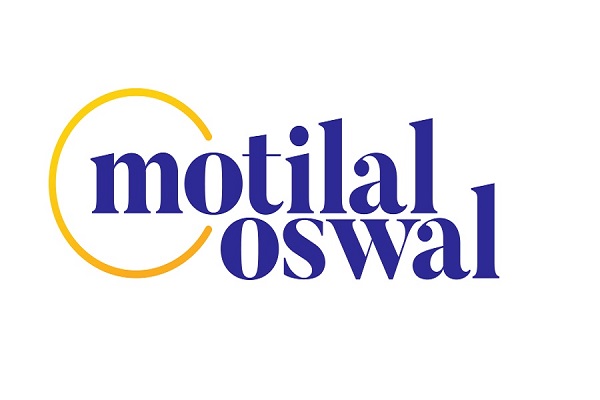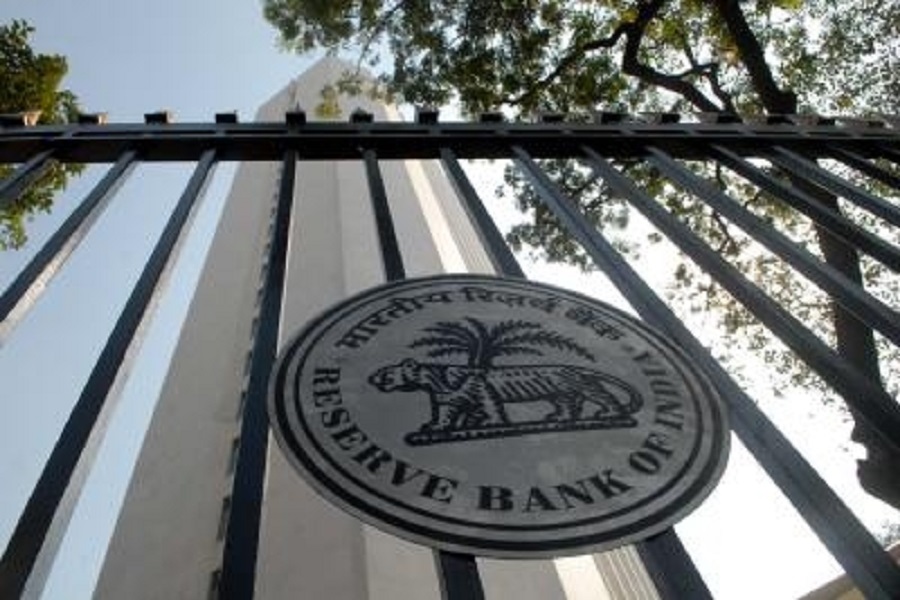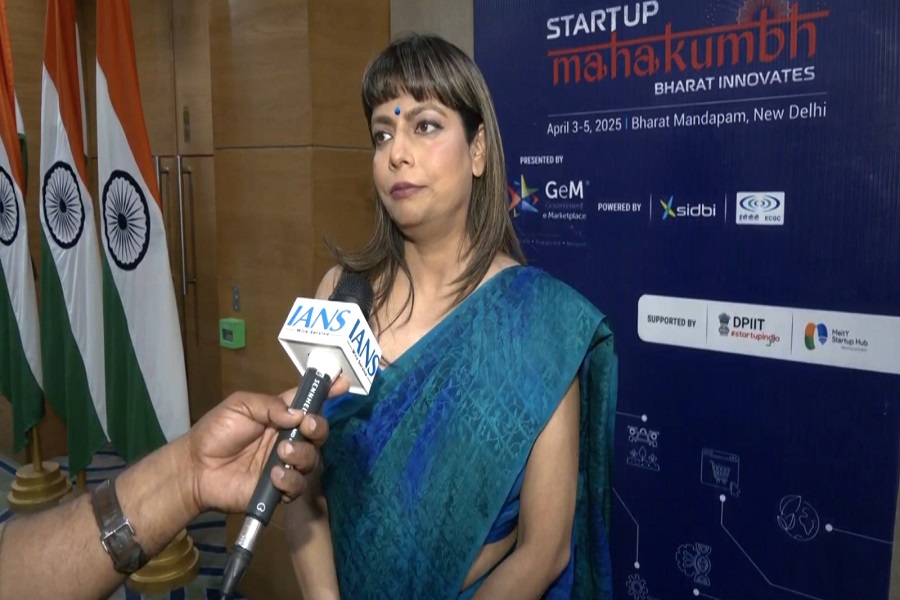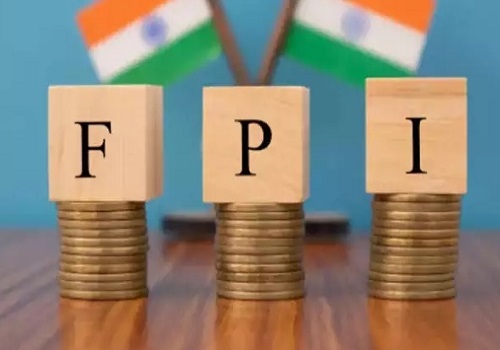RBI Gold Loan Guidelines - What it means for borrowers?

The Reserve Bank of India (RBI) recently released draft guidelines on gold loans, a move aimed at ensuring financial stability while protecting consumer interests. While the move is aimed at strengthening the sector’s long-term health and mitigate systemic risks - it is essential to assess the practical implications for borrowers and the industry objectively.
Gold has always held a special place in Indian households. As a recent report stated, Indian households collectively hold ~25,000 tonnes of gold, a quantity that surpasses the combined gold reserves of the world's top 10 central banks. More than value, it is a symbol of legacy, tradition, love, and security.
* For generations, gold loans have served as a reliable and accessible form of credit for millions during rainy days - be it for emergency healthcare, education, small business needs, or agricultural cycles. As the gold loan sector readies for change, it is important to view the RBI's draft from a ground-level, customer-centric perspective.
1. Proof of ownership requirement:
One of the key proposals in the draft guideline is the need for borrowers to furnish proof of ownership for the gold being pledged. Lenders would also be required to verify and document this ownership, and cannot accept collateral where ownership is deemed doubtful.
This move is aimed to prevent misuse and fraud. However, in practice, this poses a challenge for genuine borrowers. In most Indian households, gold is passed down through generations. Many borrowers may not have purchase receipts or formal documents, especially for heirloom jewellery. While the RBI does allow for a declaration in the absence of receipts, how this will be implemented and whether such declarations will suffice remains unclear. It raises concerns of potential exclusion for borrowers who rely on family gold as their means to access credit.
2. Mandatory purity certificates
The draft also mandates that lenders must issue a detailed purity certificate to the borrower, which would include specifications such as purity level, weight, deductions, image, and value. While this move is to promote transparency and prevent valuation disputes, it translates into additional documentation that may delay the disbursement to credit, especially in urgent scenarios.
Given that gold loans are often availed during emergencies, it may prove to be crucial for genuine borrowers seeking immediate liquidity, if additional operational procedures are implemented.
3. Collateral eligibility:
RBI also put forth a stricter definition of what constitutes eligible gold for loans. Only gold jewellery, ornaments (up to 1 kg), and bank-issued gold coins of 22K+ purity (up to 50 grams) will be considered.
This move narrows the scope for both lenders and borrowers. Many borrowers, particularly in rural and semi-urban areas, pledge whatever gold is available to them – which may include utensils or coins received during ceremonies. The proposed restrictions could reduce the utility of gold loans for such segments, forcing them toward informal credit routes.
4. Valuation of high-purity gold at lower benchmark:
Another proposal that could prove disadvantageous to the customers is the valuation method. Even if a borrower pledges 24K gold, the loan will be disbursed using a 22K benchmark. Similarly, gold with less than 22K purity must be converted to its 22K equivalent for valuation purposes.
RBI aims to standardize valuations across lenders and reduce disputes over purity. However, this could result in lower loan amounts for customers despite pledging higher-value assets, which may not seem equitable from a consumer standpoint.
5. Monitoring of loan utilization
The draft also mandates that gold loan proceeds be used strictly for the stated purpose, and that lenders would need to monitor the end-use. While accountability is important, this level of surveillance may infringe on the borrower’s autonomy, especially when gold loans are often sought for multi-purpose household needs that may evolve over time.
Recently, protests erupted across Tamil Nadu, where farmers, MSME owners and consumers have opposed the new guidelines on availing gold loan from banks. They said that the new guidelines will force them to approach private money lenders, to obtain gold loans at high interest rate. (link 1 | link 2 | link 3)
The spirit of the draft is rooted in strengthening sectoral resilience and transparency. However, it is essential to ensure that new regulatory norms do not alienate the very borrowers the gold loan system is meant to serve, particularly women, small business owners, and farmers who rely on accessible, quick-turnaround credit in times of need. As the RBI invites stakeholder feedback, the industry is hopeful that a balanced approach will emerge.
Above views are of the author and not of the website kindly read disclaimer
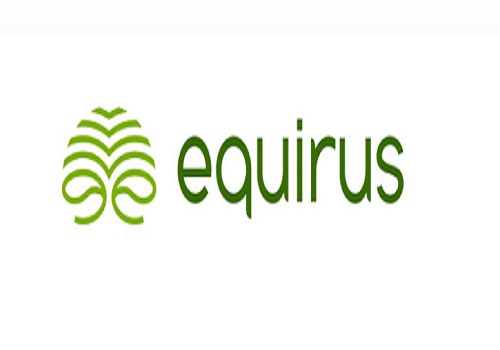



.jpg)


